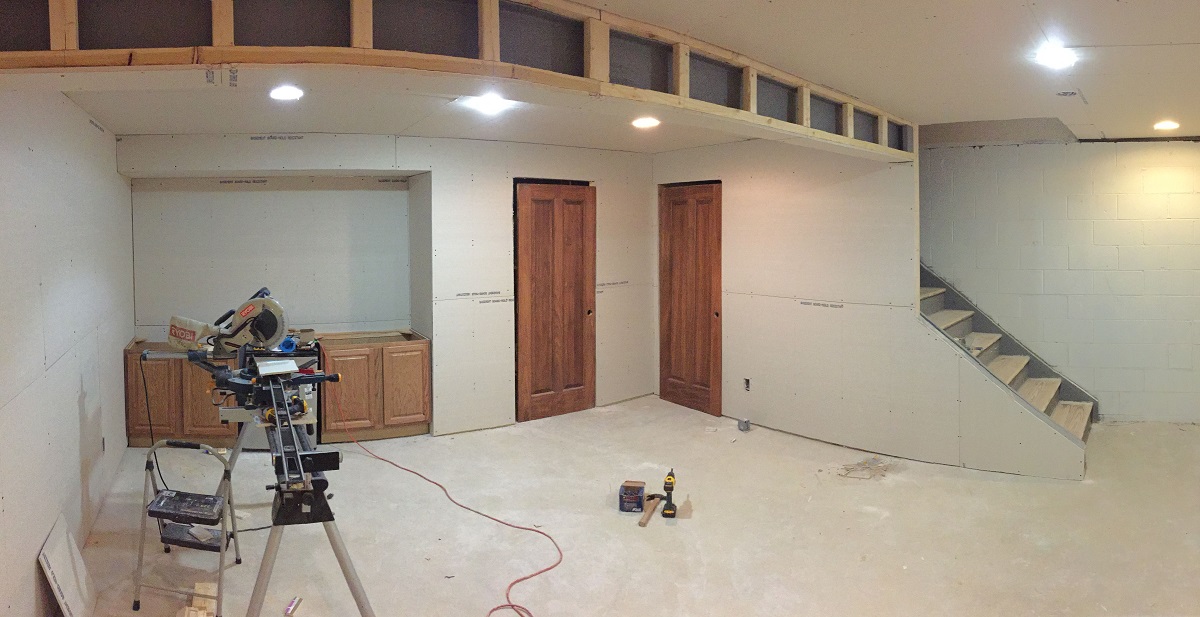

Articles
How To Finish Your Basement On A Budget
Modified: January 19, 2024
Discover cost-effective solutions and helpful articles on how to finish your basement on a budget. Unlock the potential of your space without breaking the bank.
(Many of the links in this article redirect to a specific reviewed product. Your purchase of these products through affiliate links helps to generate commission for Storables.com, at no extra cost. Learn more)
Introduction
Finishing your basement is a great way to maximize the living space in your home. Whether you’re looking to create a cozy family room, a home theater, or an extra bedroom, a finished basement can add both functionality and value to your property. However, the thought of undertaking a basement finishing project may seem overwhelming, especially if you’re on a tight budget. The good news is that there are plenty of ways to finish your basement cheaply, without sacrificing quality or style.
In this article, we will guide you through the process of finishing your basement on a budget. From planning and budgeting to selecting the right materials and making smart design choices, we’ll cover all the essential aspects of creating a finished basement that suits your needs and wallet. So, let’s dive in and explore how you can transform your basement into a functional and inviting space without breaking the bank.
Key Takeaways:
- Finishing your basement on a budget requires careful planning, assessing the space, and making smart material choices. From waterproofing to furniture selection, each step contributes to creating a functional and inviting space without overspending.
- Prioritize comfort, functionality, and durability when finishing your basement. Consider budget-friendly flooring and wall finishes, strategic lighting, and proper heating and cooling solutions to create a well-lit, comfortable, and enjoyable environment.
Read more: How To Finish The Basement
Planning and Budgeting
Before you start your basement finishing project, it’s crucial to plan and establish a budget. Careful planning will help you prioritize your needs, set realistic goals, and make informed decisions throughout the process. Here are some essential steps to consider:
- Identify your goals: Determine how you want to use your finished basement. Are you looking to create a recreational space, a home office, or an additional living area? Understanding your goals will help you make appropriate design choices.
- Measure the space: Take accurate measurements of your basement to create a floor plan. This will help you visualize the layout and determine the amount of materials needed.
- Set a budget: Determine how much you’re willing to spend on your basement finishing project. Consider factors such as materials, labor costs, and any additional expenses like permits or inspections.
- Research cost-effective options: Look for affordable materials and finishes that fit within your budget. Explore different suppliers and compare prices to get the best deals.
- Consider DIY vs. hiring professionals: Assess your skills and available time. While DIY can save money, certain aspects, like electrical or plumbing work, may require professional help.
- Factor in future maintenance: Consider the long-term costs of maintaining your finished basement. Opting for durable materials and energy-efficient systems can help reduce future expenses.
By following these steps, you can establish a solid plan and budget that aligns with your goals and financial resources. It’s essential to be realistic and flexible during this process, as unexpected expenses or design changes may arise.
Assessing the Space
Before diving into the basement finishing project, it’s important to thoroughly assess the space and address any potential issues. This step will help you identify any structural, moisture, or safety concerns that need to be dealt with before proceeding. Here are some key considerations:
- Inspect for moisture and leaks: Basements are prone to moisture problems. Check for any signs of leaks, water damage, or mold growth. Address any issues by fixing leaks and applying proper waterproofing solutions.
- Ensure proper ventilation: Basements can be damp and lack proper airflow. Install or improve ventilation systems to prevent mold and improve air quality.
- Assess the foundation and structural integrity: Check for cracks, uneven floors, or signs of foundation issues. Consult with a professional if you notice any structural concerns.
- Consider ceiling height and obstacles: Take note of the ceiling height and any protruding pipes, beams, or ductwork. Plan your design accordingly to work around these obstacles.
- Evaluate the electrical and plumbing systems: Determine if the existing electrical and plumbing systems are capable of handling the additional load. Consult with an electrician or plumber if upgrades or modifications are needed.
- Assess natural lighting: Consider the amount of natural light entering the basement. If it’s limited, explore options such as adding windows or using strategic lighting to brighten up the space.
By thoroughly assessing the space, you’ll be able to address any underlying issues and ensure a solid foundation for your basement finishing project. This step will prevent future complications and help you create a safe and functional space.
Waterproofing and Insulation
One of the critical steps in finishing a basement is ensuring proper waterproofing and insulation. This is essential to protect your investment from moisture damage and to create a comfortable living space. Here are some tips for waterproofing and insulating your basement:
- Fix any existing moisture issues: Before applying any waterproofing measures, address any leaks or moisture problems in your basement. This may involve repairing cracks in the foundation, sealing gaps, or improving drainage around the exterior of your home.
- Apply a waterproof sealant: Once any existing issues are resolved, apply a waterproof sealant to the walls and floors. This will create a barrier against moisture and help prevent future water damage.
- Install a sump pump: A sump pump can be a valuable addition to your basement, especially in areas prone to flooding. It helps to collect and remove excess water, keeping your basement dry and safe.
- Consider perimeter drainage: Installing a perimeter drainage system, such as a French drain, can help divert water away from your basement walls and prevent seepage.
- Insulate the walls and ceilings: Insulation is vital to regulate temperature and reduce energy costs. Install insulation in the walls and ceilings to create a comfortable and energy-efficient space.
- Use moisture-resistant materials: Opt for moisture-resistant materials, such as mold-resistant drywall or rubber flooring, to further protect against moisture-related issues.
By taking these waterproofing and insulation measures, you can ensure that your basement remains dry, comfortable, and free from potential water damage. This will provide a solid base for the rest of your finishing project.
Flooring Options
Choosing the right flooring for your finished basement is essential both for its functionality and aesthetic appeal. The flooring should be able to withstand potential moisture and provide durability in a high-traffic area. Here are some budget-friendly flooring options to consider:
- Luxury Vinyl Planks (LVP): LVP is an affordable and versatile flooring option that mimics the look of hardwood or stone. It is durable, water-resistant, and easy to maintain, making it an excellent choice for basement spaces.
- Laminate: Laminate flooring offers the appearance of hardwood or tile at a fraction of the cost. It is resistant to moisture and scratches, making it a practical option for basements.
- Engineered Wood: Engineered wood provides the beauty of solid hardwood floors but at a more affordable price. It is dimensionally stable and less prone to warping or buckling due to moisture.
- Ceramic or Porcelain Tiles: Tiles are a durable and water-resistant option for basements. They come in various styles, colors, and patterns, allowing you to create a unique look.
- Concrete Stain: If you have a concrete subfloor, consider staining or polishing it to create a sleek and modern look. This option is cost-effective and requires minimal maintenance.
- Carpet Tiles: Carpet tiles are an affordable and practical choice for basement flooring. They are easy to install, replace if damaged, and provide warmth and comfort underfoot.
When selecting your flooring, consider factors such as budget, style preference, maintenance requirements, and the specific needs of your basement. It’s important to ensure that the flooring option you choose is suitable for below-grade spaces and can withstand potential moisture issues.
Remember to follow the manufacturer’s instructions for installation and maintenance to ensure the longevity of your chosen flooring option in your finished basement.
Read more: How Much To Finish A Basement
Wall Finishes
The choice of wall finishes can greatly impact the overall look and feel of your finished basement. It’s important to select options that are cost-effective, durable, and visually appealing. Here are some budget-friendly wall finish options to consider:
- Drywall: Drywall is a common and affordable choice for basement walls. It provides a smooth surface that can easily be painted or covered with wallpaper. Consider using moisture-resistant drywall to mitigate any potential moisture issues.
- Paneling: Wood or vinyl paneling can add warmth and texture to your basement. They are relatively inexpensive and easy to install. Opt for paneling with built-in insulation to improve energy efficiency.
- Paint: A fresh coat of paint can transform the look of any space. Choose light or neutral colors to make the basement feel more spacious. Consider using washable and moisture-resistant paint to withstand potential moisture and humidity.
- Wainscoting: Wainscoting is a decorative wall finish that combines painted panels or beadboard with a chair rail. It adds visual interest and can protect the lower portion of your walls from potential wear and tear.
- Faux Stone or Brick: Faux stone or brick panels can offer a rustic and textured look to your basement walls without the expense and labor of real stone or brick. They are lightweight, easy to install, and cost-effective.
- Fabric Wall Coverings: Fabric wall coverings can add warmth and texture to the basement. Consider using fabric panels or upholstered wall coverings to create a cozy and inviting atmosphere.
Combining different wall finishes can also add visual interest and depth to your basement. For example, you can use a combination of painted drywall, paneling, and fabric wall coverings to create a unique and personalized space.
Remember to consider factors such as durability, maintenance, and compatibility with your overall design when choosing wall finishes. Proper surface preparation and professional installation can help ensure a high-quality and long-lasting result in your finished basement.
Consider using cost-effective materials such as vinyl flooring instead of hardwood, and drywall instead of more expensive paneling. Look for secondhand furniture and decor to save on costs.
Lighting and Electrical
Proper lighting is essential to create a welcoming and functional finished basement. It can enhance the overall ambiance, highlight specific areas, and make the space feel brighter. Here are some tips for lighting and electrical considerations in your basement:
- Natural Light: Maximize the use of natural light by adding windows or window wells if possible. This will not only brighten up the space but also provide ventilation.
- Recessed Lighting: Recessed lighting is a popular choice for basements as it provides a clean and modern look. It is also space-saving and can be easily installed in the ceiling.
- Track Lighting: Track lighting allows you to adjust the direction of the lights to highlight specific areas or artwork. It adds flexibility and style to your basement.
- Task Lighting: Install task lighting in areas where you’ll be performing specific tasks, such as a desk or a game table. Consider under-cabinet lighting for work areas.
- Ambient Lighting: Use ambient lighting, such as floor lamps or table lamps, to create a cozy and inviting atmosphere in your finished basement. This can be especially useful in entertainment or relaxation areas.
- Electrical Outlets: Assess your electrical needs and ensure there are an adequate number of outlets throughout the basement. Consider installing GFCI (Ground Fault Circuit Interrupter) outlets in areas that may be exposed to moisture.
- Light Switch Placement: Strategically place light switches at the top and bottom of stairs and near entryways for convenience and safety.
It’s important to consult with a licensed electrician when making any electrical modifications in your basement. They can ensure that your electrical system can handle the additional load and that all installations are up to code.
By carefully considering your lighting needs and properly planning the electrical layout, you can create a well-lit and functional space in your finished basement.
Heating and Cooling
Proper heating and cooling are essential to ensure a comfortable and enjoyable environment in your finished basement. Since basements tend to be naturally cooler and more prone to moisture, it’s important to have an effective HVAC (heating, ventilation, and air conditioning) system in place. Here are some considerations for heating and cooling your basement:
- Extend the existing HVAC system: If your current HVAC system allows, consider extending the ductwork to include the basement. This will ensure adequate heating and cooling throughout the space.
- Use space heaters or portable air conditioners: For smaller basements or if extending the HVAC system is not feasible, you can opt for space heaters or portable air conditioners. These provide localized heating or cooling and can be more cost-effective for smaller areas.
- Radiant floor heating: Radiant floor heating can be a luxurious and efficient option for basement spaces. It uses electric coils or hydronic pipes under the flooring to provide warmth. This option is particularly effective for tiled or concrete floors.
- Insulate the basement ceiling: Insulating the basement ceiling can help prevent heat loss to the upper floors and improve overall energy efficiency. This is especially important if the basement is situated below living spaces.
- Ductless mini-split systems: Ductless mini-split systems are another excellent option for heating and cooling basements. They consist of an outdoor compressor unit and indoor air handlers that can be individually controlled. This allows for zoned heating and cooling, ensuring comfort and energy efficiency.
It’s important to consult with a professional HVAC technician to assess your specific needs and determine the best heating and cooling system for your basement. They can help you choose the right equipment and ensure proper installation for optimal performance.
By taking the necessary steps to provide adequate heating and cooling, you can create a comfortable and enjoyable environment in your finished basement, no matter the season.
Plumbing and Bathroom Installation
If you’re considering adding a bathroom to your finished basement, proper plumbing and installation are key to ensuring functionality and convenience. Here are some steps and considerations for plumbing and bathroom installation:
- Assess the feasibility: Determine if adding a bathroom is feasible based on the existing plumbing layout and the location of sewer and water lines. Consult with a plumber to evaluate the options and potential challenges.
- Plan the layout: Create a detailed layout to determine the location of fixtures, such as the toilet, sink, and shower. Consider factors like access, ventilation requirements, and plumbing connections.
- Obtain necessary permits: Check with your local building department to determine if permits are required for the plumbing and bathroom installation. Follow all the necessary codes and regulations.
- Hire a professional plumber: Plumbing work should be performed by a licensed plumber to ensure proper installation, adherence to building codes, and to avoid potential leaks or water damage.
- Install drainage and water supply lines: The plumber will install the necessary drainage and water supply lines based on the planned layout. This includes connecting to the main sewer line and water supply.
- Install fixtures and accessories: Once the plumbing lines are in place, install the bathroom fixtures such as the toilet, sink, shower, and bathtub. Consider energy-efficient and water-saving fixtures to minimize water usage.
- Proper ventilation: Install an exhaust fan to ensure proper ventilation and prevent moisture buildup in the bathroom. This helps to minimize the risk of mold and mildew growth.
- Waterproofing and tile installation: Properly waterproof the bathroom area, especially around the shower and bathtub. Install tiles or other suitable waterproof materials for the walls and floors.
Adding a bathroom to your basement can significantly increase its functionality and value. However, it’s important to hire professionals and follow proper plumbing and installation procedures to ensure a well-functioning and leak-free bathroom.
Remember to consult with a plumber and obtain any necessary permits before proceeding with the plumbing and bathroom installation in your finished basement.
Read more: How To Finish A Basement Window
Furniture and Decor
The furniture and decor you choose for your finished basement play a crucial role in creating a comfortable and inviting space. Here are some tips to consider when selecting furniture and decor:
- Consider the function: Determine how you plan to use the basement and choose furniture that suits those specific activities. For example, if you’re creating a home theater, comfortable seating and a large screen TV or projector are essential.
- Optimize space: Basements often have limited space, so choose furniture that is appropriately sized and allows for easy movement. Consider multifunctional or space-saving furniture to maximize usability.
- Invest in comfortable seating: Whether it’s a sectional sofa for lounging, recliners for relaxing, or a cozy reading nook, prioritize comfort when selecting seating options for your basement. Don’t forget to include extra seating for guests.
- Add storage solutions: Basements can be great for storage, so incorporate furniture with built-in storage, such as ottomans, coffee tables with hidden compartments, or shelving units. This helps keep the space organized and clutter-free.
- Enhance the ambiance with lighting: Choose lighting fixtures and lamps that align with the mood you want to create. Consider dimmable or adjustable lighting options to allow for flexibility in setting the ambiance.
- Add decorative touches: Personalize your basement with decorative items, such as artwork, mirrors, rugs, and curtains. These elements can add color, texture, and style to the space.
- Create a cohesive design: Choose a theme or color scheme that ties the furniture and decor together. This will create a harmonious and visually pleasing environment.
- Add finishing touches: Pay attention to the smaller details, such as throw pillows, blankets, plants, and decorative accents. These finishing touches can truly elevate the overall look and feel of the space.
When selecting furniture and decor, it’s essential to balance style with functionality. Consider your personal preferences and the overall atmosphere you want to create in your finished basement.
By carefully curating your furniture and decor, you can transform your basement into a comfortable and appealing space that meets your needs and suits your personal style.
Conclusion
Finishing your basement on a budget is an exciting and rewarding project that can add valuable living space to your home. By following the right steps and making smart choices, you can create a functional and inviting basement without breaking the bank.
Start by carefully planning and establishing a realistic budget. Identify your goals, measure the space, and research cost-effective options. Assessing the space and addressing any potential issues, such as moisture or structural concerns, is crucial before proceeding with the finishing work. Proper waterproofing and insulation will help protect your investment and create a comfortable environment.
When it comes to flooring, consider options like luxury vinyl planks, laminate, or ceramic tiles that are durable and budget-friendly. For wall finishes, choices like drywall, paneling, or paint offer a variety of options to suit your taste and budget. Lighting and electrical considerations are important for both functionality and ambiance, so choose lighting fixtures that align with your needs and install them strategically. Proper heating and cooling solutions are vital to ensure a comfortable temperature year-round.
If you’re planning to add a bathroom to your basement, consult with professionals to address the plumbing and installation needs. Choose furniture that suits the function of the space, optimizes the available area, and provides comfort. Enhance the space with proper lighting, decorative touches, and storage solutions.
Remember, finishing your basement shouldn’t just be about the final outcome, but also about enjoying the journey. Take pride in your DIY efforts, or seek professional help when needed, to ensure a successful and satisfactory result.
With proper planning, budgeting, and attention to detail, you can transform your basement into a functional, attractive, and valuable part of your home. Enjoy the process and the benefits of your newly finished basement for years to come.
Frequently Asked Questions about How To Finish Your Basement On A Budget
Was this page helpful?
At Storables.com, we guarantee accurate and reliable information. Our content, validated by Expert Board Contributors, is crafted following stringent Editorial Policies. We're committed to providing you with well-researched, expert-backed insights for all your informational needs.
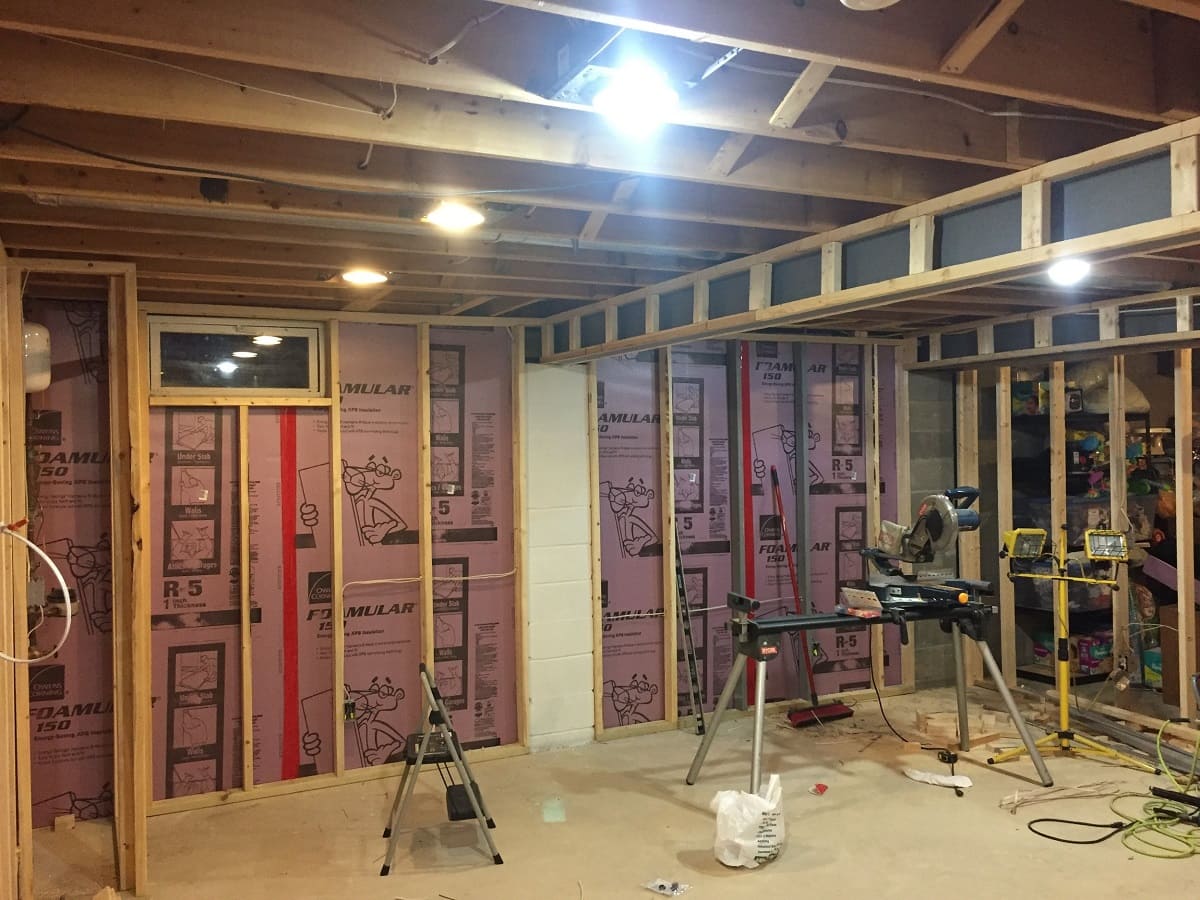
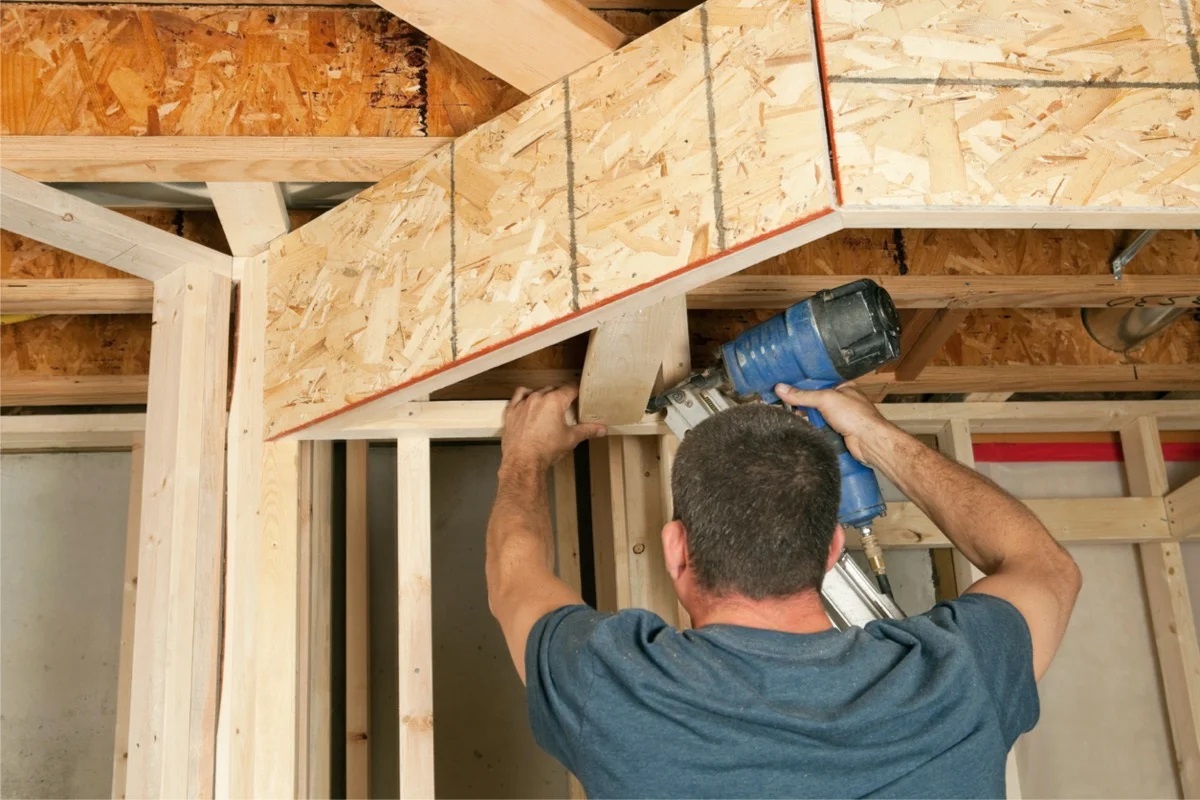
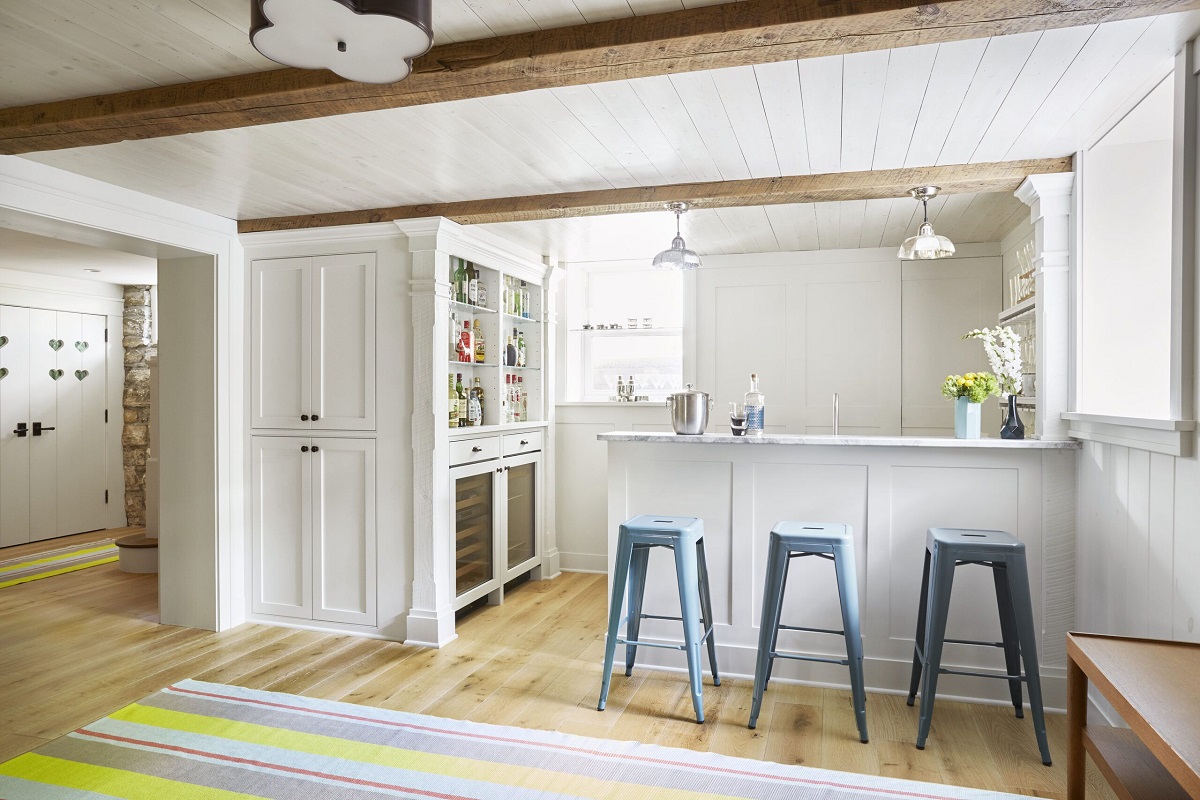
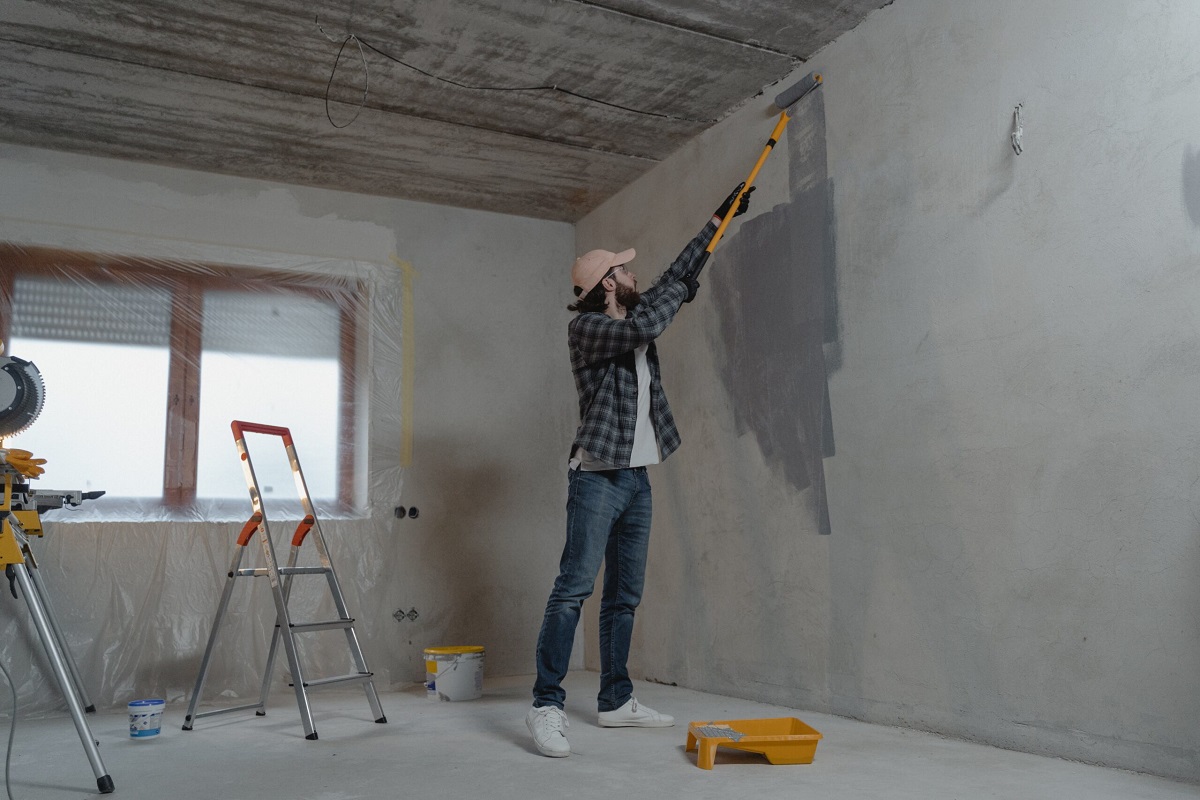
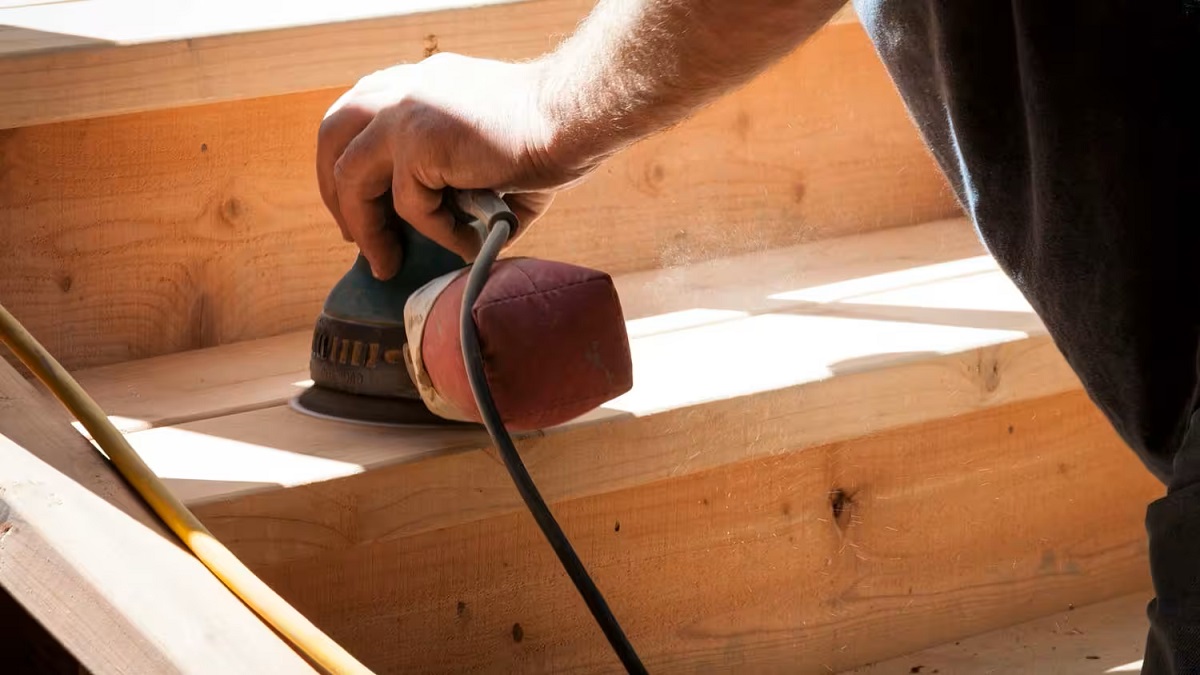
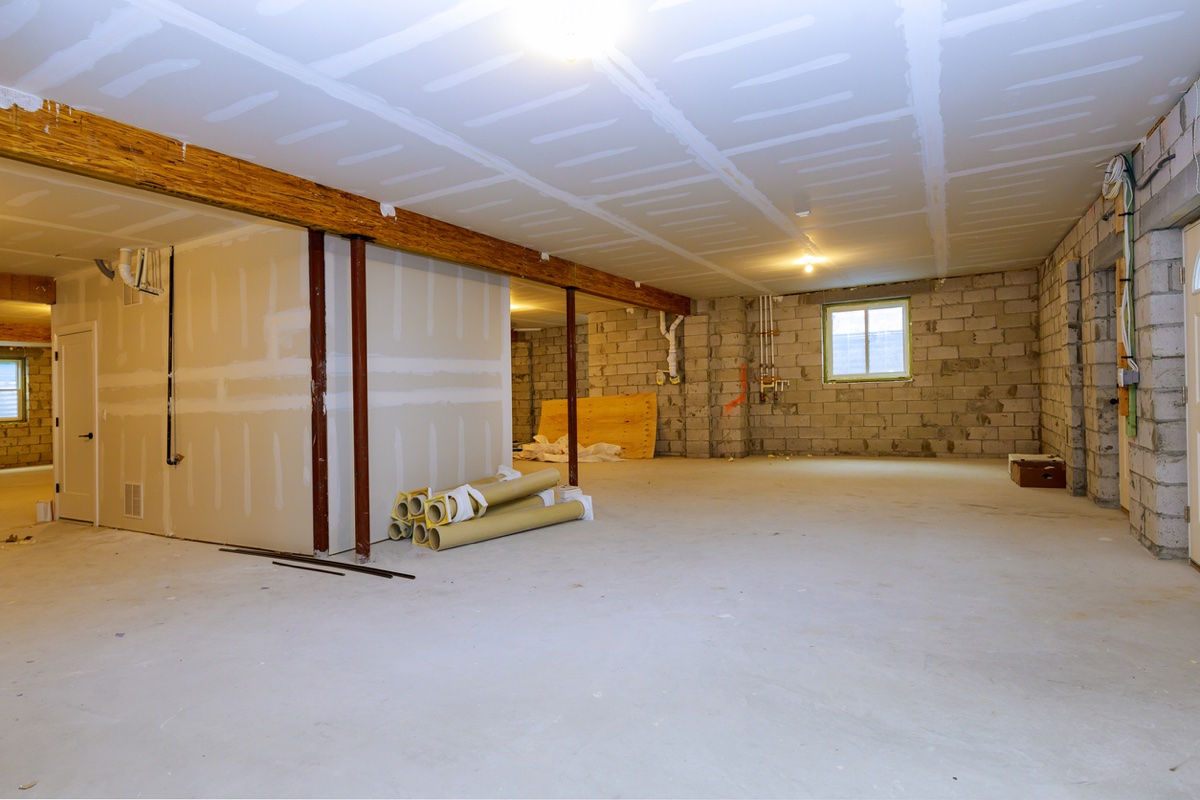
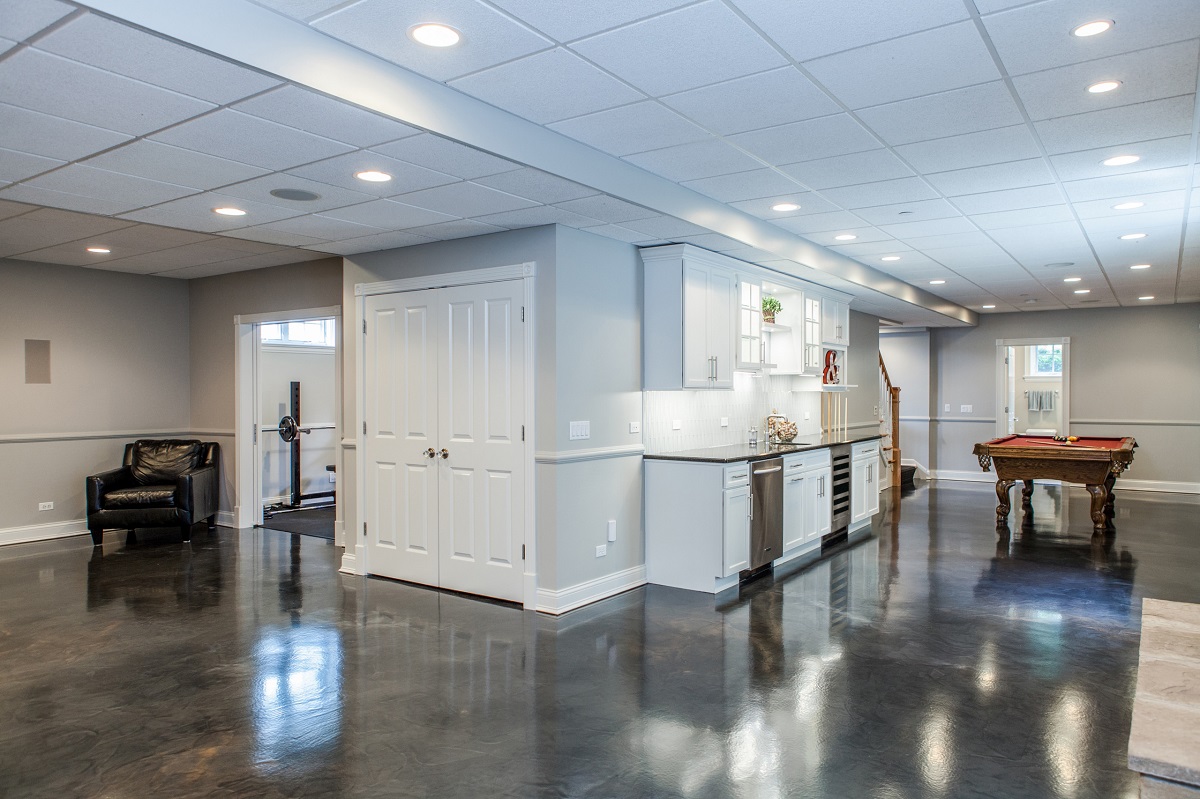
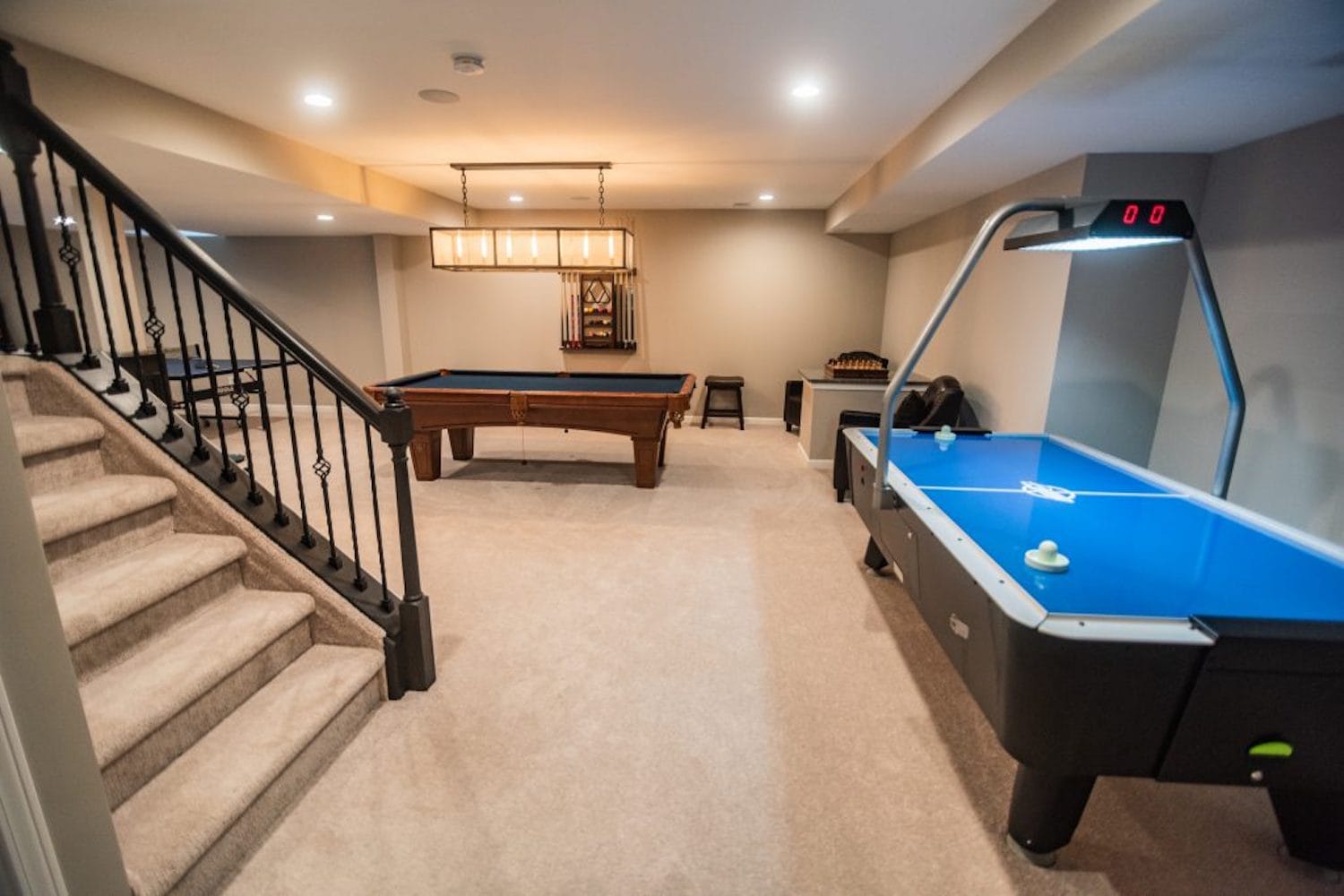

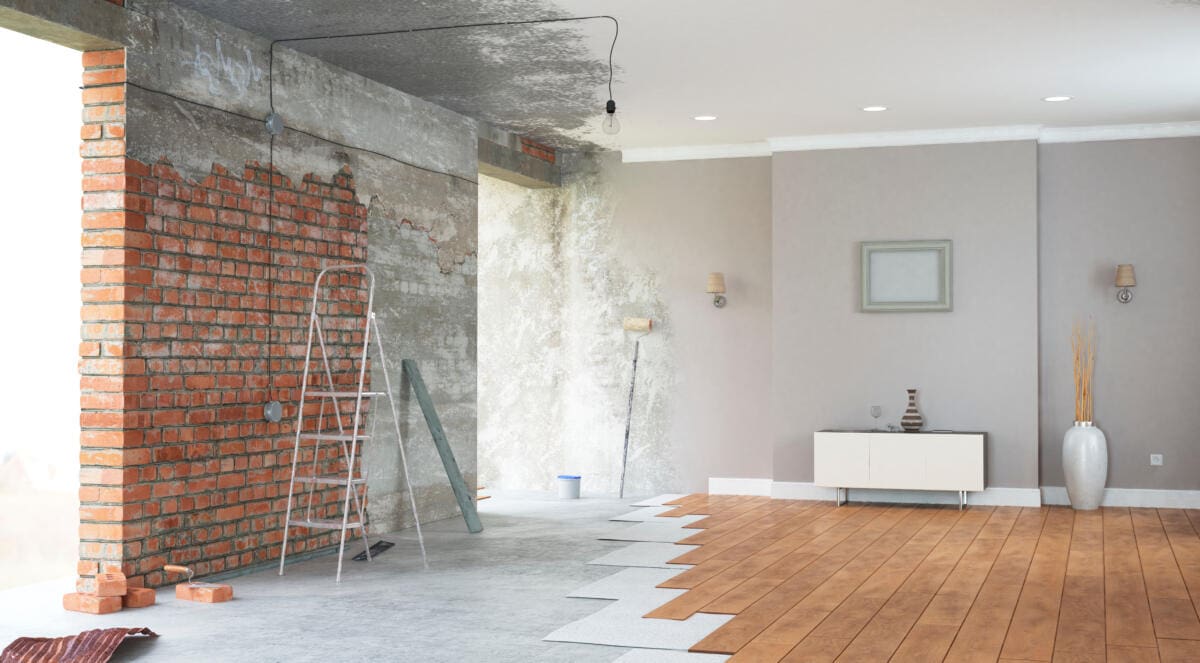
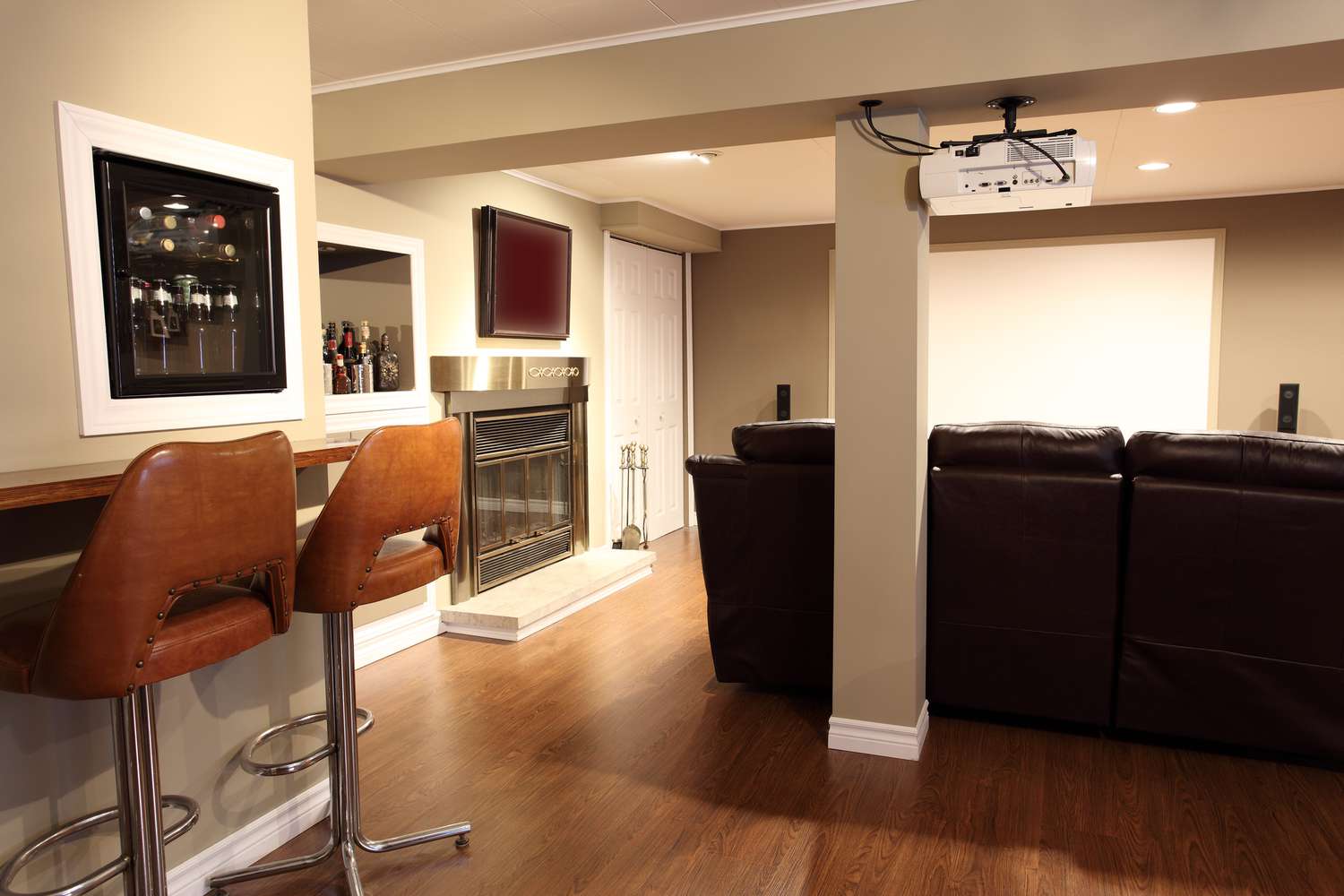
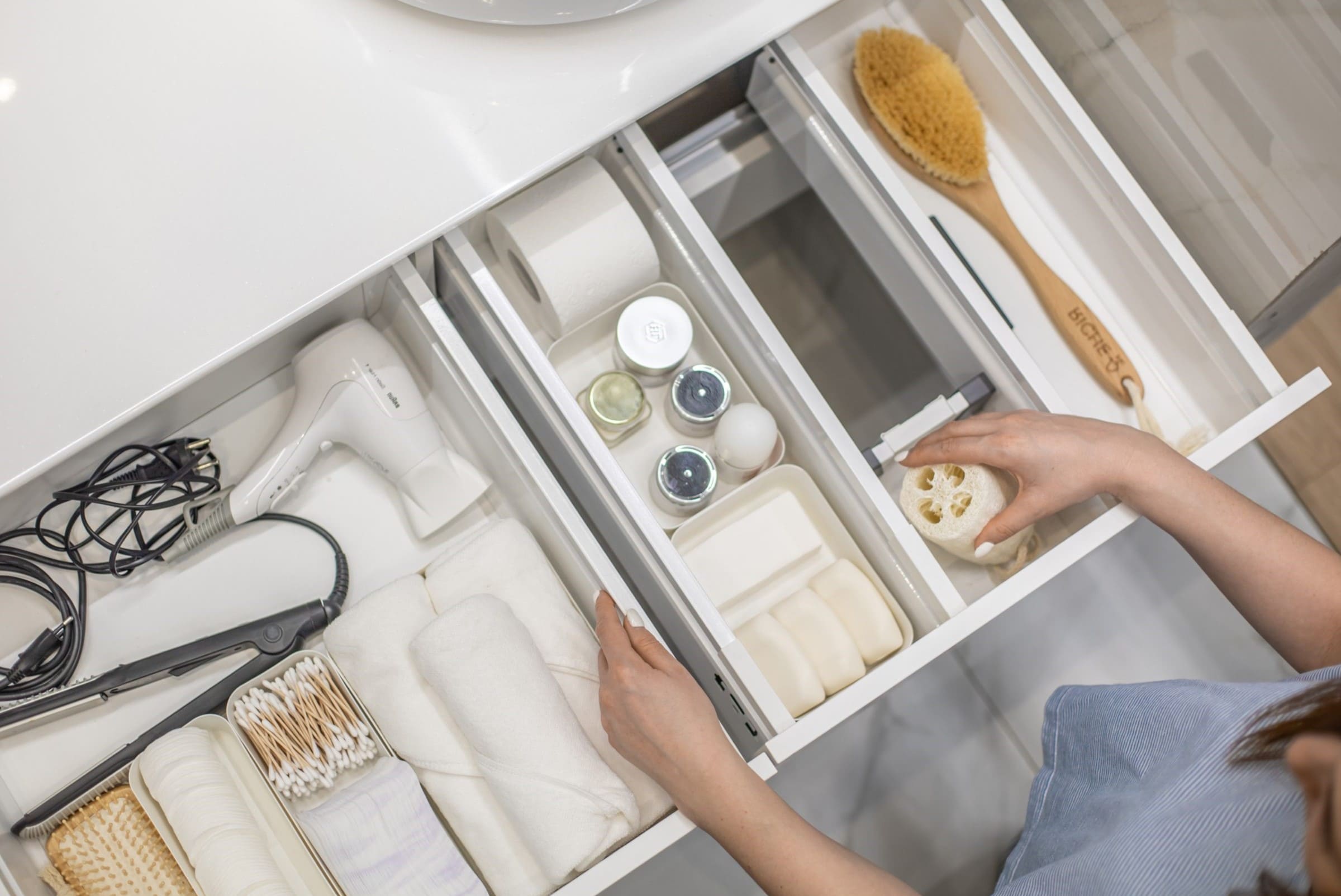
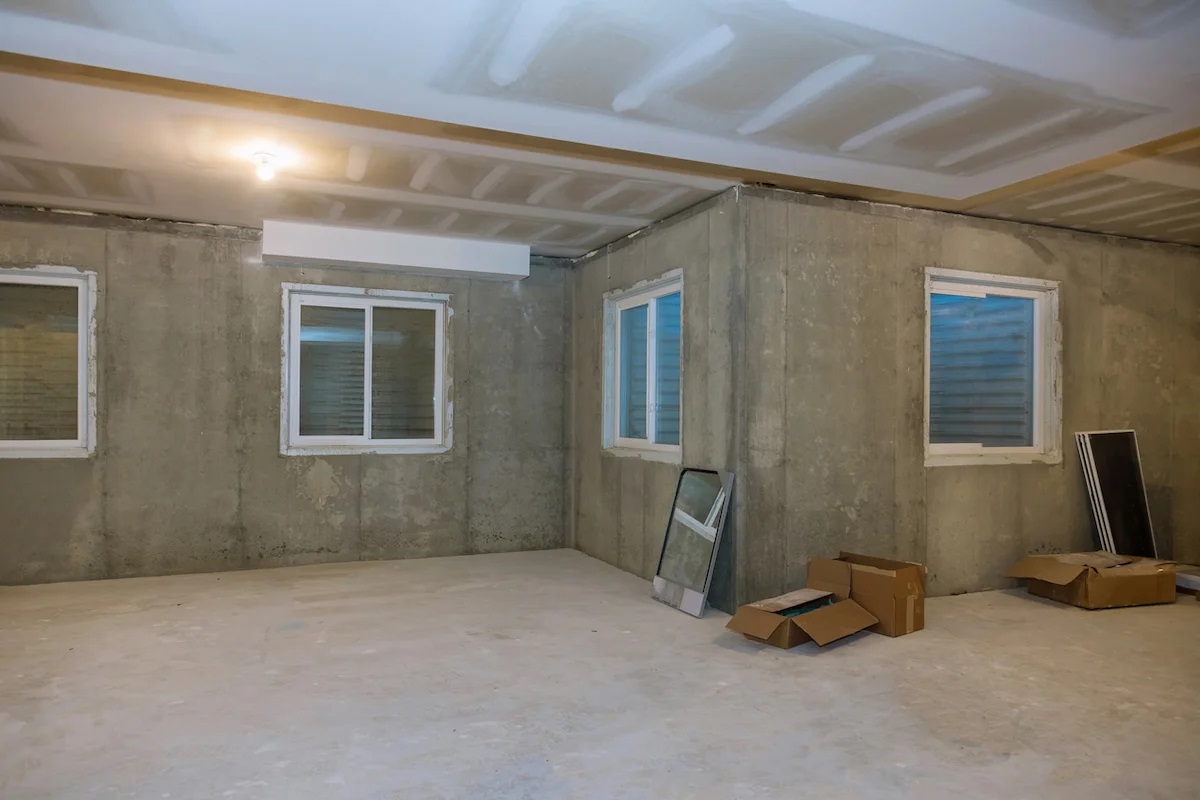

0 thoughts on “How To Finish Your Basement On A Budget”